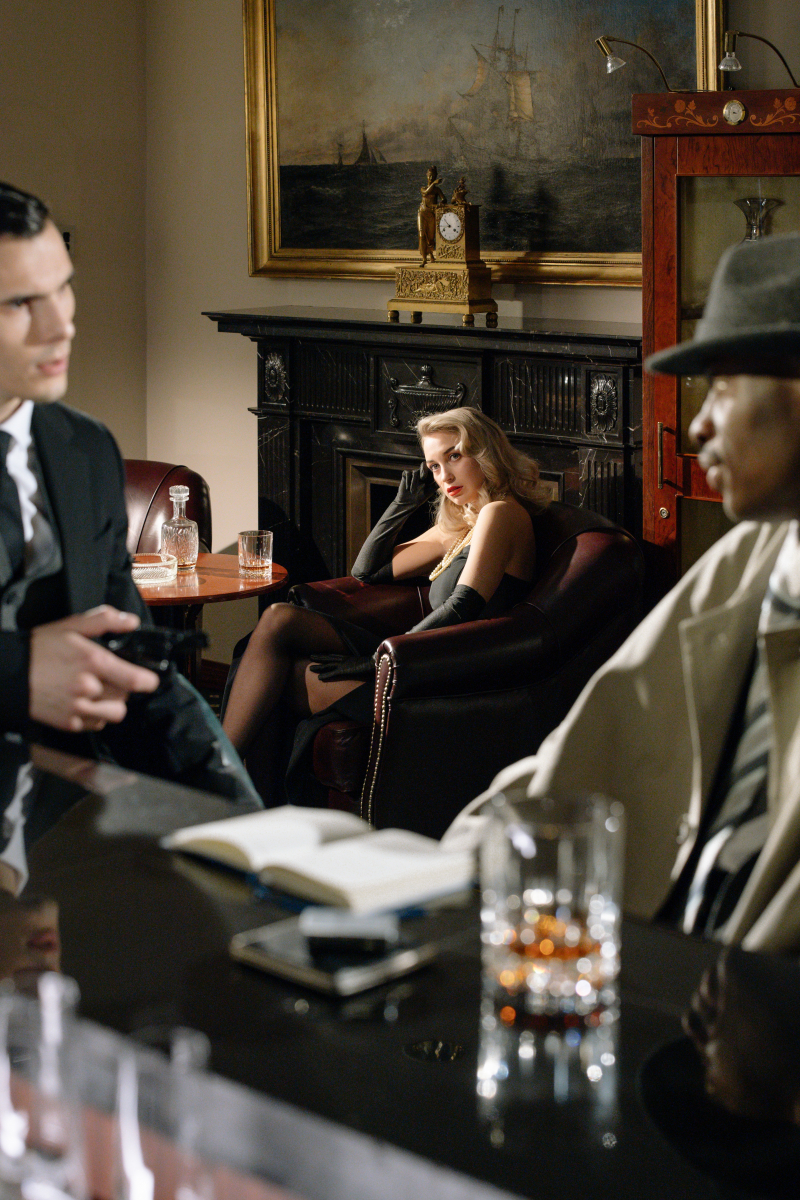Invisible Ink

Nowadays, invisible ink might seem too simple to be an effective espionage tactic, but that is only because spy movies have featured it so frequently. Yet, such wasn't the case during World War One, when the idea was still mostly unheard of.
Invisible ink was not only frequently employed by spies during the war, but there were also numerous ways to achieve so, according to recently disclosed documents. One method involved coating a starched handkerchief with nitrate and soda, which, when dipped in water, transformed into invisible ink and allowed for the quick writing of coded messages.
The traditional method of using lemon juice as invisible ink was also adopted extensively by both sides. It was an efficient method of transmitting coded signals at a time when cryptography was still in its infancy because the messages could be decoded simply by heating the paper.











